
Search history
Clear allSearch by image
XDrag and drop an image here or upload an image
Max 5MB per image
UploadSign In | Join

Search history
Clear allSearch by image
XDrag and drop an image here or upload an image
Max 5MB per image
UploadSign In | Join
X Email Mobile
 0.75kw
0.75kw
|
¥2080.0 | 3 piece available |
|
A new item has been added to your Shopping Cart. You now have items in your Shopping Cart.
Inverter
Variable-frequency Drive (VFD) is a power control device that uses variable-frequency technology and microelectronics to control AC motors by changing the working frequency of the motor's power supply. A VFD consists mainly of rectification (AC to DC), filtering, inversion (DC to AC), braking units, drive units, detection units, microprocessor units, and more. A VFD adjusts the output voltage and frequency by switching internal IGBTs, providing the motor with the required power voltage based on its actual needs, thereby achieving energy saving and speed regulation. In addition, VFDs have many protection functions, such as overcurrent, overvoltage, and overloading protection. As industrial automation levels continue to increase, VFDs have also gained very wide application.
Variable-frequency Drive (VFD), also known as a variable-frequency drive or drive controller, can be translated as Inverter (which is the same as the English word for inverter). A variable-frequency drive is a type of adjustable-speed driving system that uses variable-frequency driving technology to change the frequency and amplitude of the working voltage of an AC motor, smoothing the control of the speed and torque of the AC motor. The most common type is an AC/AC converter, both of which are AC.
Before inverter appeared, to adjust the speed of the motor required through a direct current motor to complete, otherwise it is through the use of internal coupling machine VS motor, in operation with the coupling machine to make the actual speed of the motor drop, the inverter simplifies the above work, reducing the equipment volume, and significantly reduced maintenance rates. However, the power line and motor line of the inverter have high-frequency switching signals, which will cause electromagnetic interference, and the power factor of the inverter input side is generally poor, which will generate harmonic waves at the power end.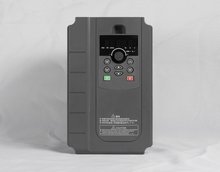 frequency converter" 或 "variable-frequency drive
frequency converter" 或 "variable-frequency drive
The application of inverters is very wide, ranging from small household appliances to large mining grinding machines and compressors. About one-third of the world's energy is consumed in the motors driving constant-speed centrifugal pumps, fans, and compressors, and the market penetration rate of inverters is still not high. The significant improvement in energy efficiency is one of the main reasons for using inverters.
Frequency converter technology and power electronics are closely related, including semiconductor switching elements, frequency converter topologies, control and simulation technology, and the progress of control hardware and firmware.
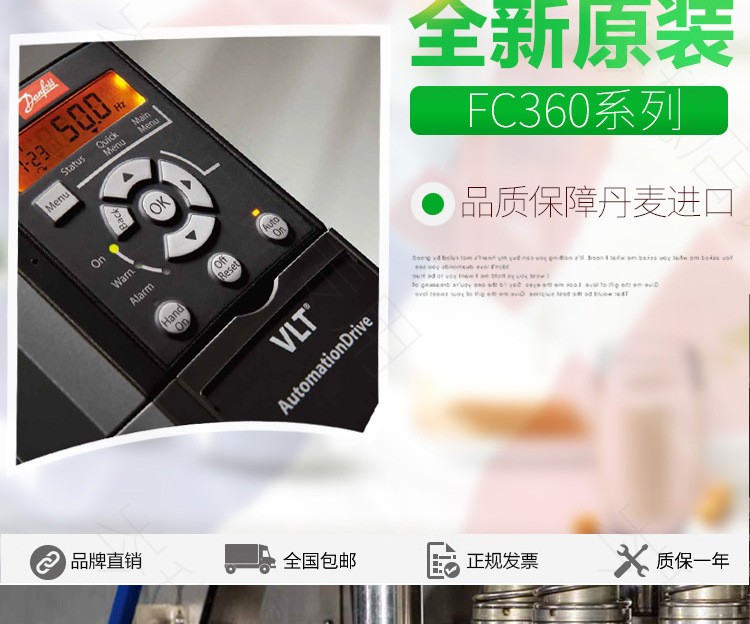
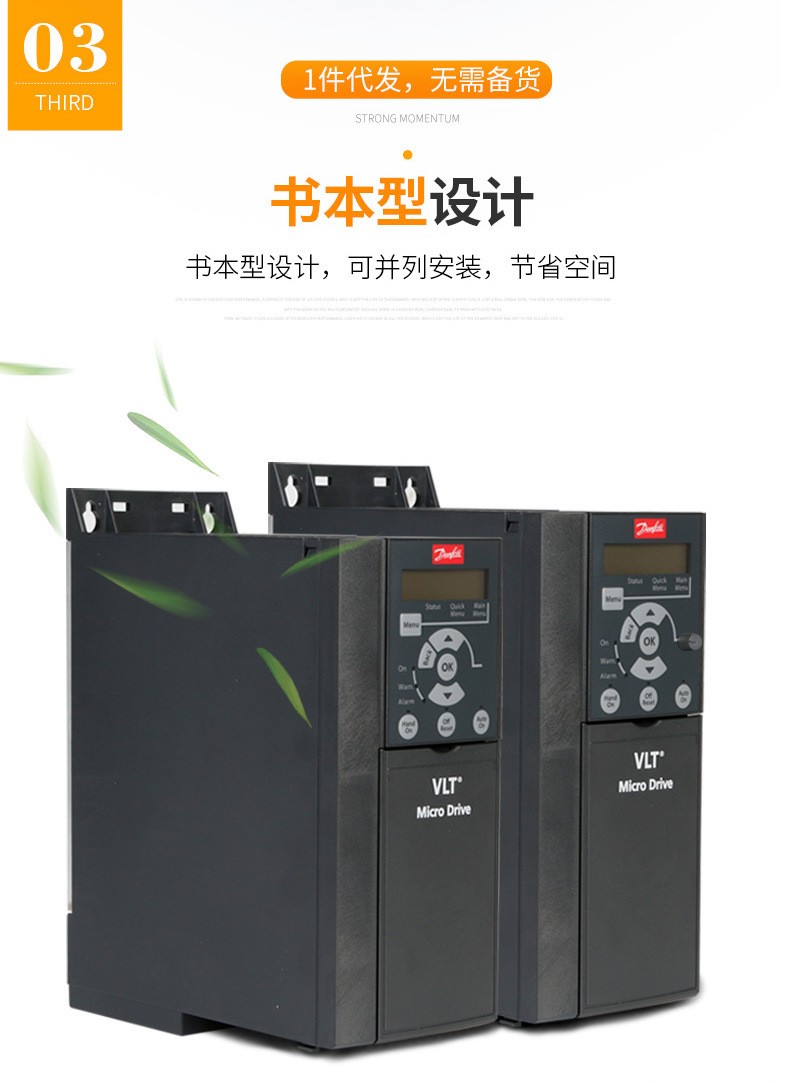
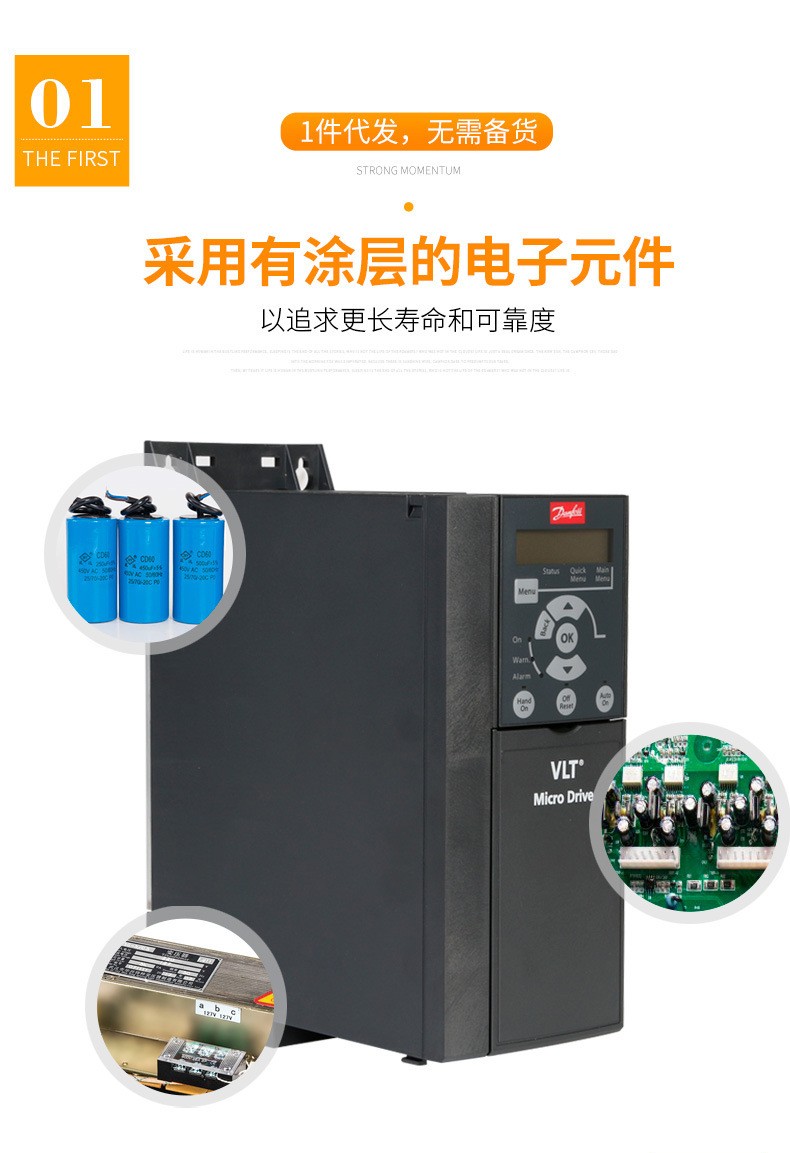
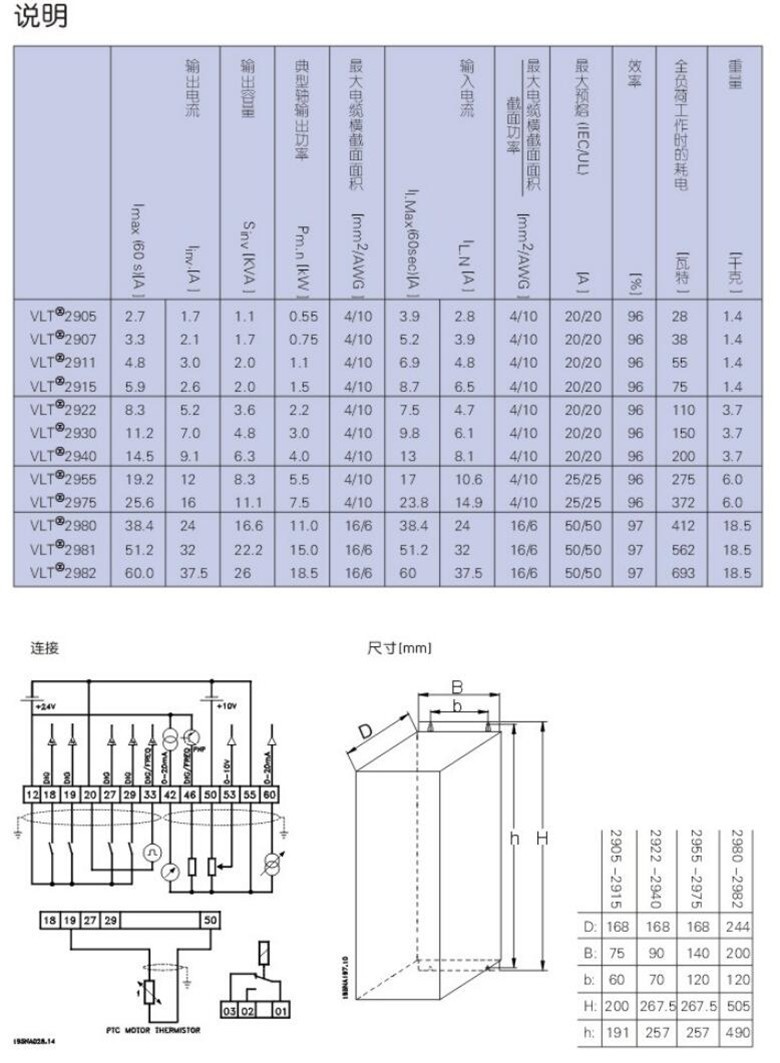
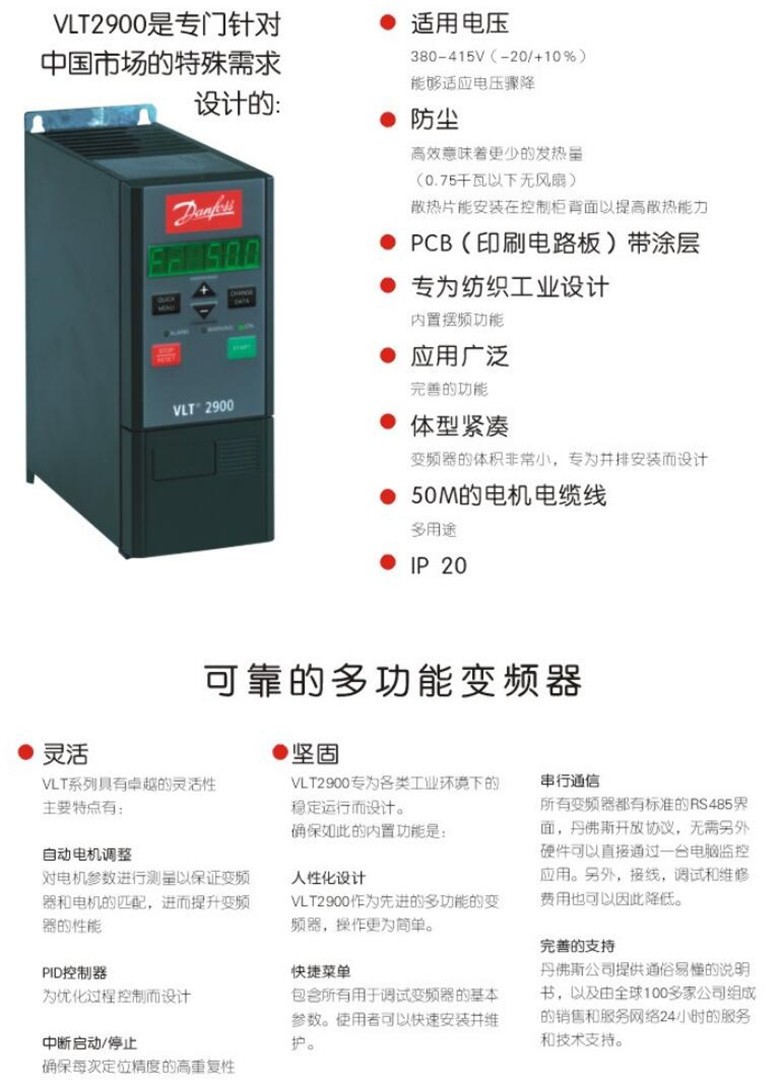
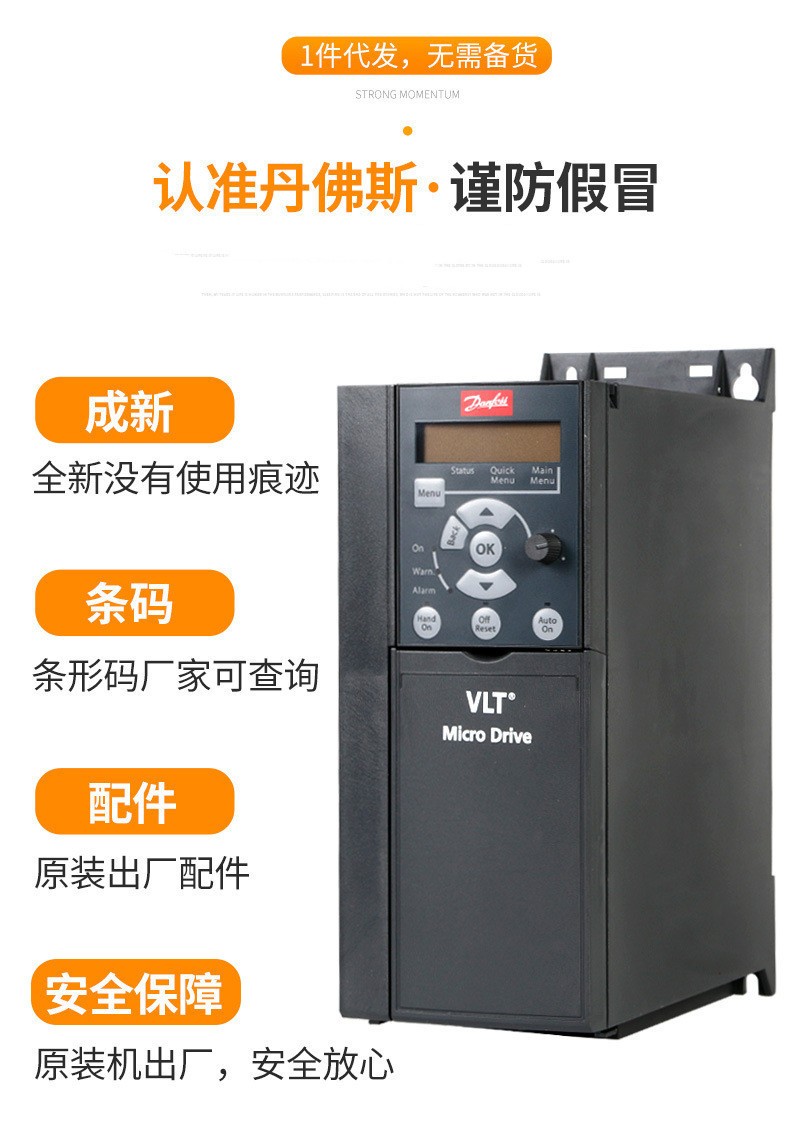
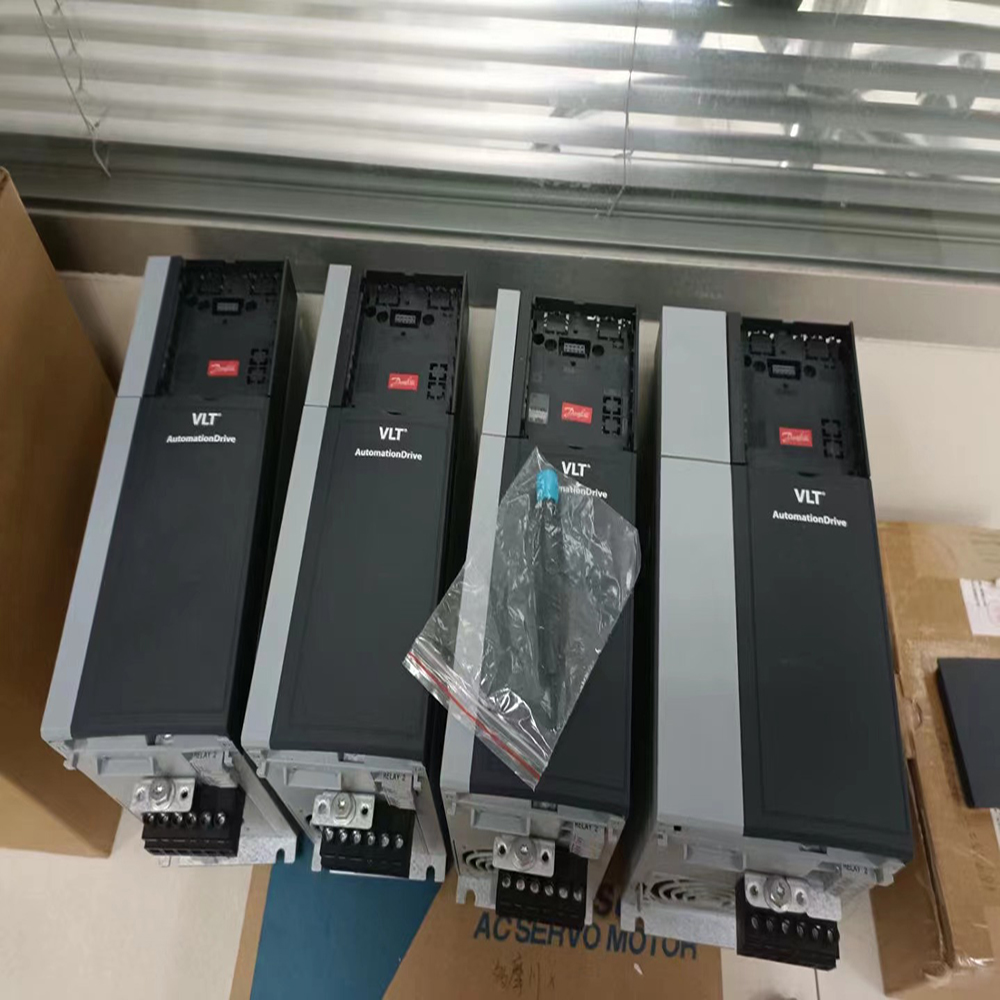
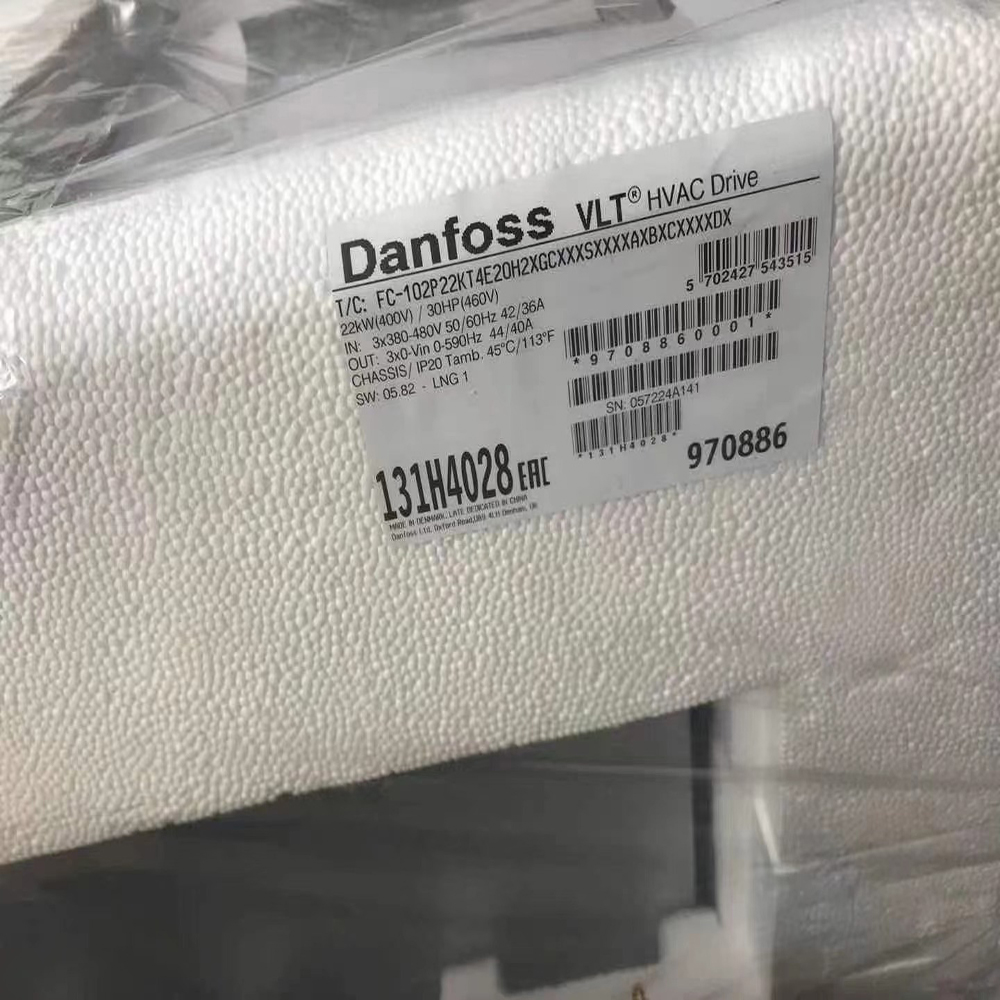
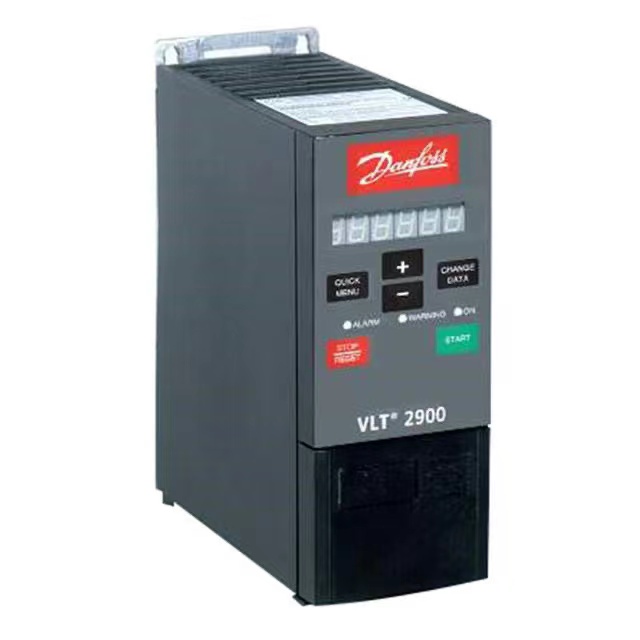
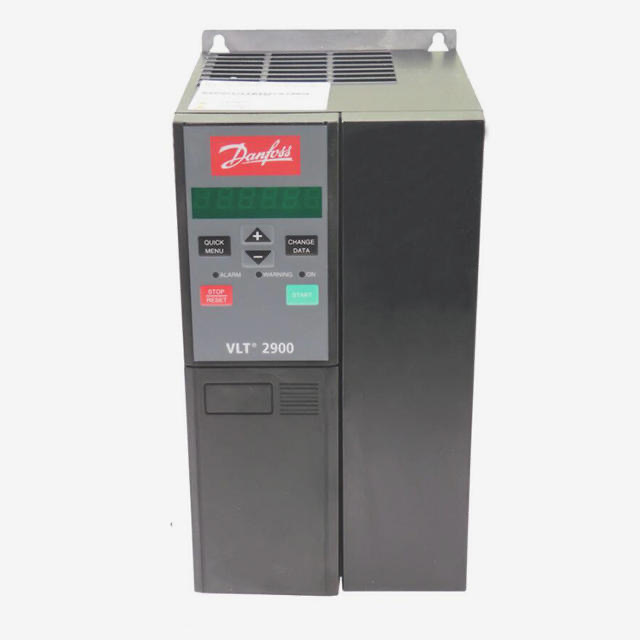
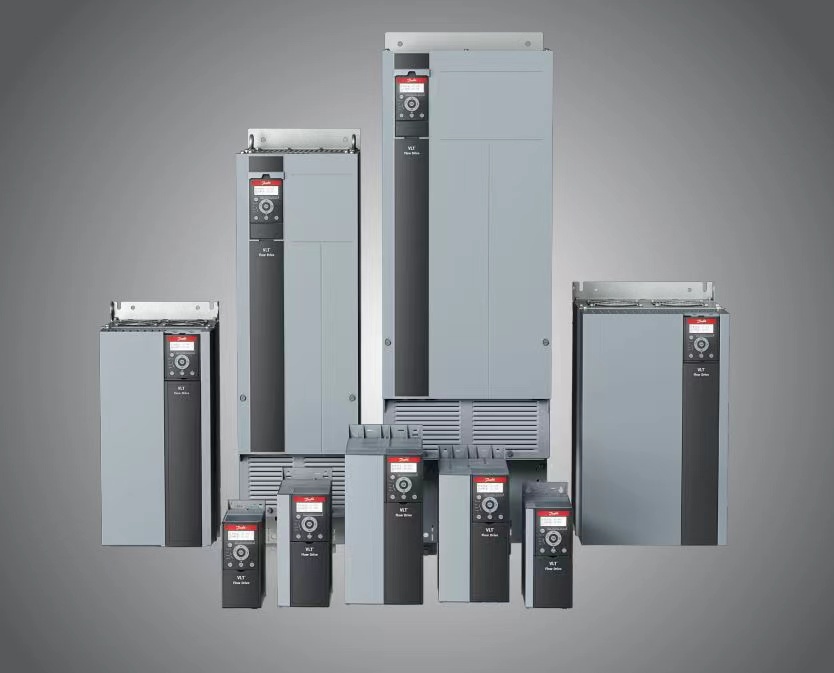
Update time:
TOP